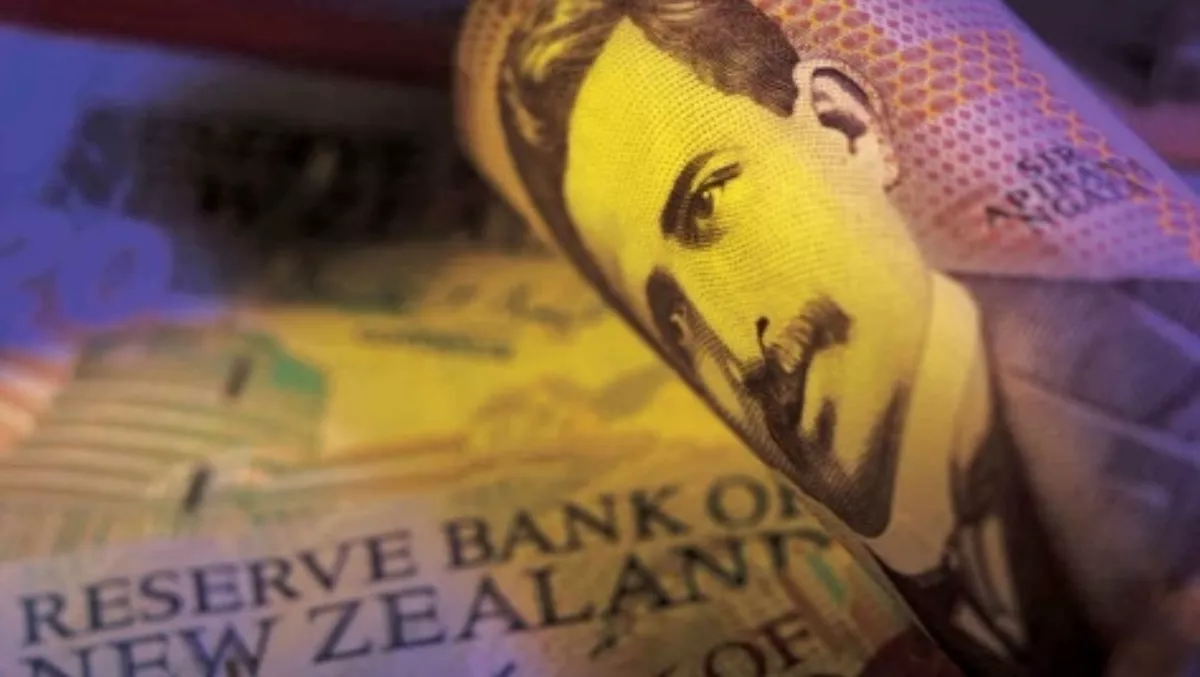
NZ dollar may sink to 70 US cents in 2015 on resurgent greenback: BusinessDesk survey
The New Zealand dollar may extend its decline against the greenback this year, on increased signs the Federal Reserve will lift interest rates from a record low, benefitting companies such as Fisher - Paykel Healthcare that get much of their sales in US dollars.
The kiwi, which recently traded at 75.52 US cents, will decline to 70 cents by the end of the year, according to the median forecast of 21 currency traders, strategists and economists surveyed by BusinessDesk last week, all of whom expect a decline. It is headed for a 3 percent decline in the first quarter.
The US dollar index, which measures the greenback against a basket of currencies, hit a 12-year high this month as an improving US economy stokes expectations the Federal Reserve will start raising interest rates this year, increasing the appeal of US assets. That will come as a relief to exporters such as Fisher - Paykel which uses hedging contracts to mitigate the damage a strong local currency can have on earnings. The company reduced its US dollar risk when it opened a factory in Mexico in 2010, putting more of its costs in US dollars.
"That would obviously be positive for us," chief financial officer Tony Barclay told BusinessDesk. "It's probably not as important as it used to be in that we do have more costs in US dollars than we used to perhaps five or 10 years ago before the Mexico factory, but it's still our biggest currency exposure so it would be positive to earnings."
Barclay declined to give a forecast for the kiwi. The Auckland-based manufacturer estimates a 1 percent movement in the kiwi across all the currencies it deals in has about a $1.3 million-to-$1.5 million impact on annual earnings before interest and tax.
For that reason, it takes out hedging contracts to protect its earnings against currency gains, about half of which are locked in at particular rates and the other half in collars, which allows greater flexibility between a band. Earlier this month, the company said three quarters of its exposure to US dollars for the new financial year starting April 1 was covered with hedging positions at an average rate of 75 US cents.
"We've chosen to have a fairly active hedging programme," Barclay said. "We wouldn't necessarily benefit from all of the drop from where we are today because we do have some hedging in place. But nonetheless, the lower it goes, the more opportunity that also gives us to put further hedges in place as well."
Currency risk is front of mind for all senior executives across the business, from the treasurer to the head of sales and marketing, who has to assess whether the company would be able to lift prices should earnings start to be impacted by currency headwinds.
The company's second-largest currency exposure is the euro, which analysts picked as the currency likely to fall the most against the kiwi this year, according to the survey. Almost a quarter of Fisher - Paykel's revenue is generated in euros and the company has hedging positions on 78 percent of its exposure in the next financial year, it said earlier this month.
The BusinessDesk survey, which is limited to currencies included in the Reserve Bank's trade-weighted index, showed analysts expect the kiwi to decline to 73 US cents by the end of the second quarter.
Meanwhile, the TWI, which was recently at 79.01, is expected to decline to 77.75 by the end of the second quarter and to 76.35 by the end of the year.
Three of those surveyed expected the Australian dollar to be the weakest currency against the kiwi this year and 12 said the kiwi could achieve parity with the Aussie this year. It touched a post-float record of 97.82 Australian cents earlier this month.

